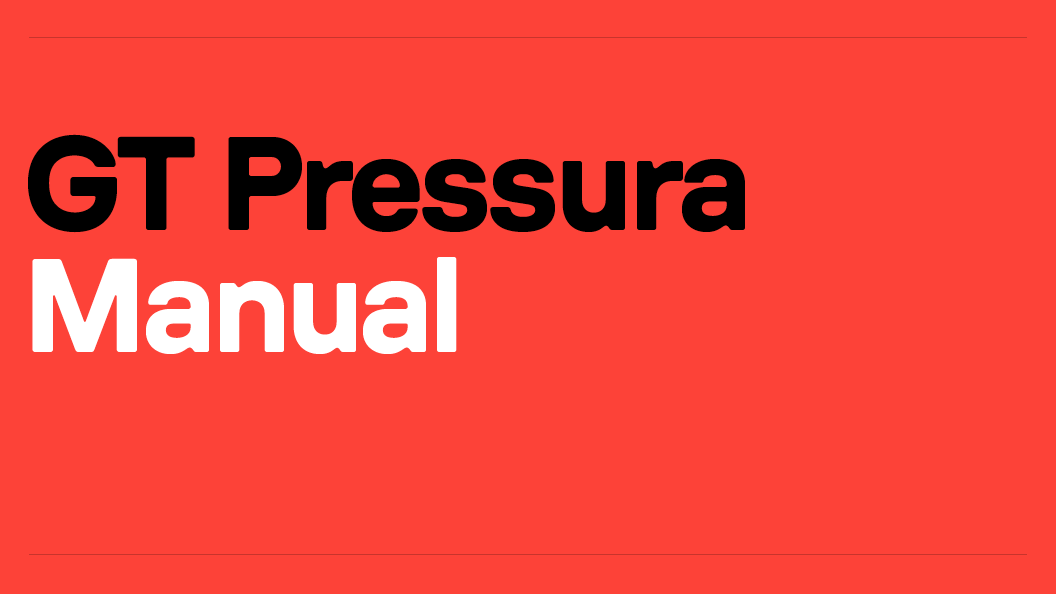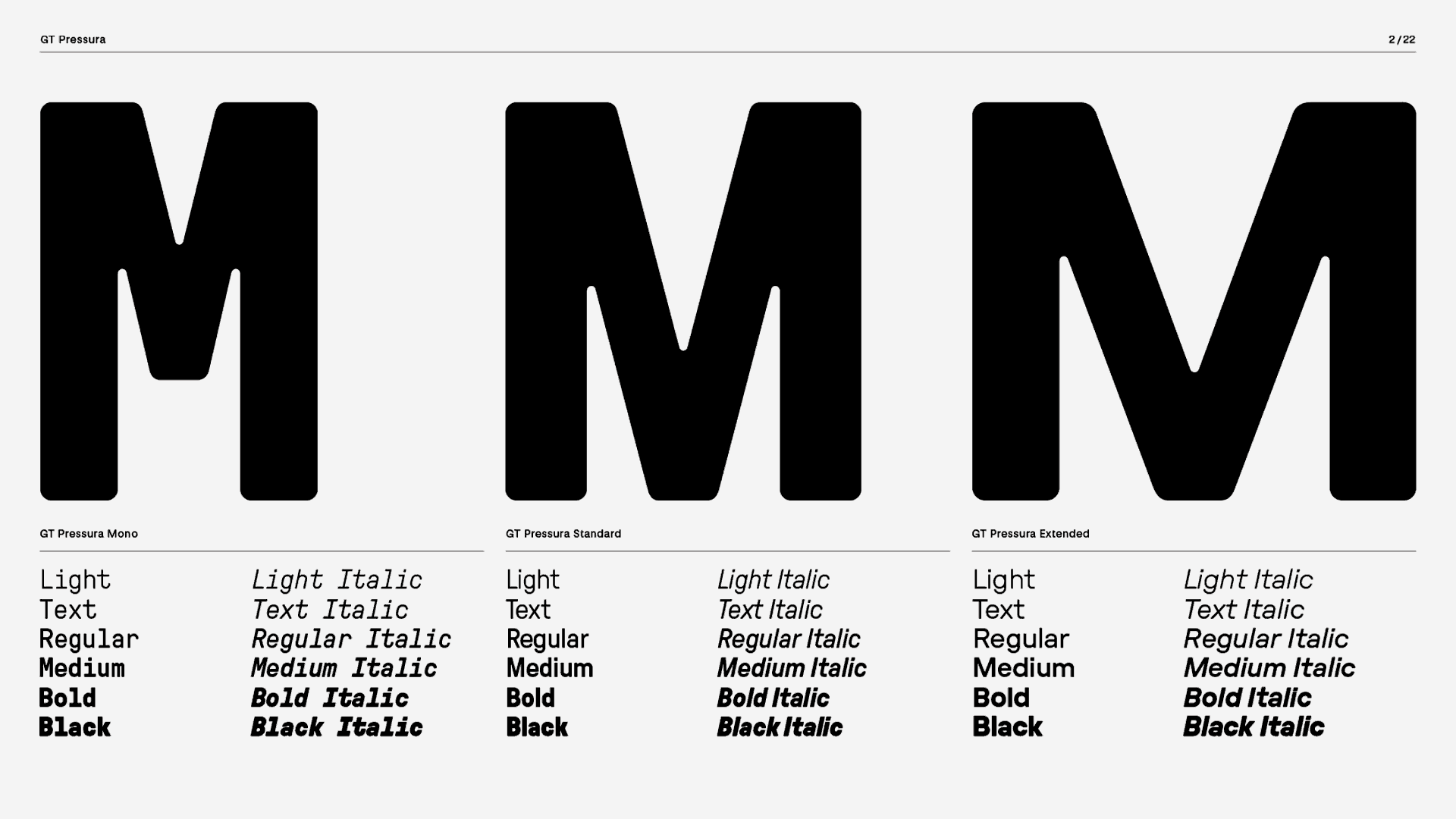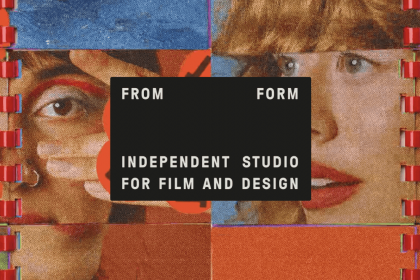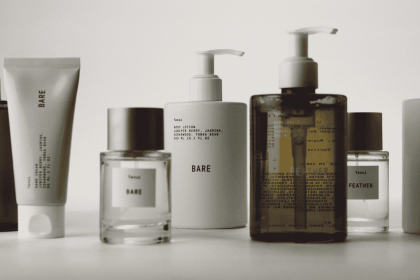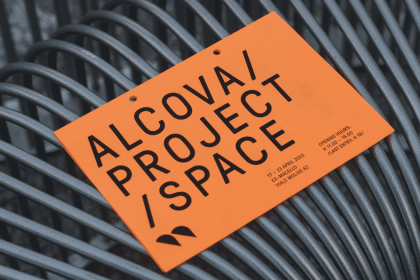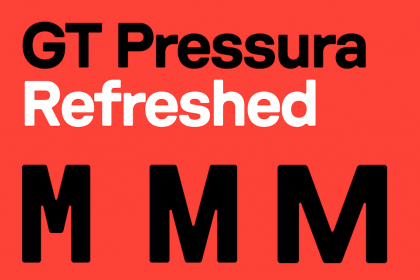GT Pressura
Family overview
- Standard
- Light Italic
- Text Italic
- Regular Italic
- Medium Italic
- Bold Italic
- Black Italic
- Mono
- Light Italic
- Text Italic
- Regular Italic
- Medium Italic
- Bold Italic
- Black Italic
- Extended
- Light Italic
- Text Italic
- Regular Italic
- Medium Italic
- Bold Italic
- Black Italic
Subfamilies
- Standard LightBy the 1830s, railways on several continents were carrying containers that could be transferred to other modes of transport.
- Standard Light ItalicChipping around - kick my brains around the floor
- Standard Textно-фантастический фильм в жанре антиутопии, снятый на киностудии
- Standard Text ItalicUm ba ba be
- Standard RegularEarly versions of standardized containers were used in Europe
- Standard Regular ItalicUnited States Postal Service 475 L’Enfant Plaza SW, 20260-0004 Washington, D.C., US
- Standard MediumSplits a family in two
- Standard Medium ItalicThe average single piece of LTL freight is 600 kg (1,323 lb) and the size of a standard pallet. Long freight and/or large freight are subject to extreme length and cubic capacity surcharges.
- Standard Bold45' High Steel Cargo, 60,960 lb, 45' x 8' x 9'6", 3,036 cubic feet
- Standard Bold Italicно-фантастический фильм в жанре антиутопии, снятый на киностудии
- Standard BlackDo Not Break Down Skid, Broken Pallets are a Tell Sign of Trouble or [even] Theft!
- Standard Black ItalicEarly versions of standardized containers were used in Europe
- Settings
Typeface information
GT Pressura is inspired by metal type printing history as well as engineered letters stamped onto shipping boxes. It uses the visual gesture of ink spreading under pressure as a stylistic device, offering an alternative to more spindly typefaces of the digital age.
Typeface features
OpenType features enable smart typography. You can use these features in most Desktop applications, on the web, and in your mobile apps. Each typeface contains different features. Below are the most important features included in GT Pressura’s fonts:
- TNUM
- Tabular Figures
13.07.2048
- SS01
- Alternate a
React
- CASE
- Case sensitive forms
¿TE GUSTA?
Typeface Minisite
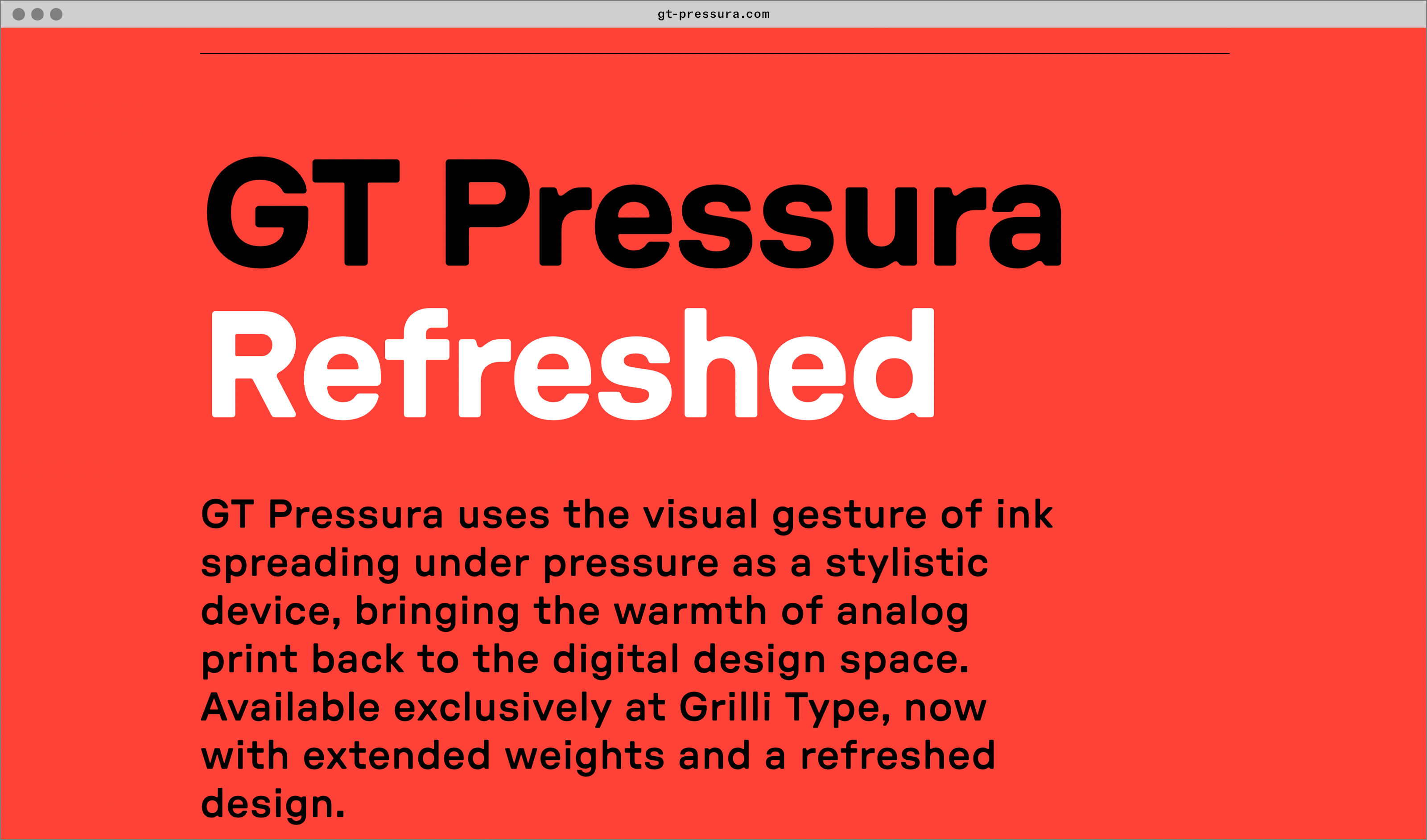
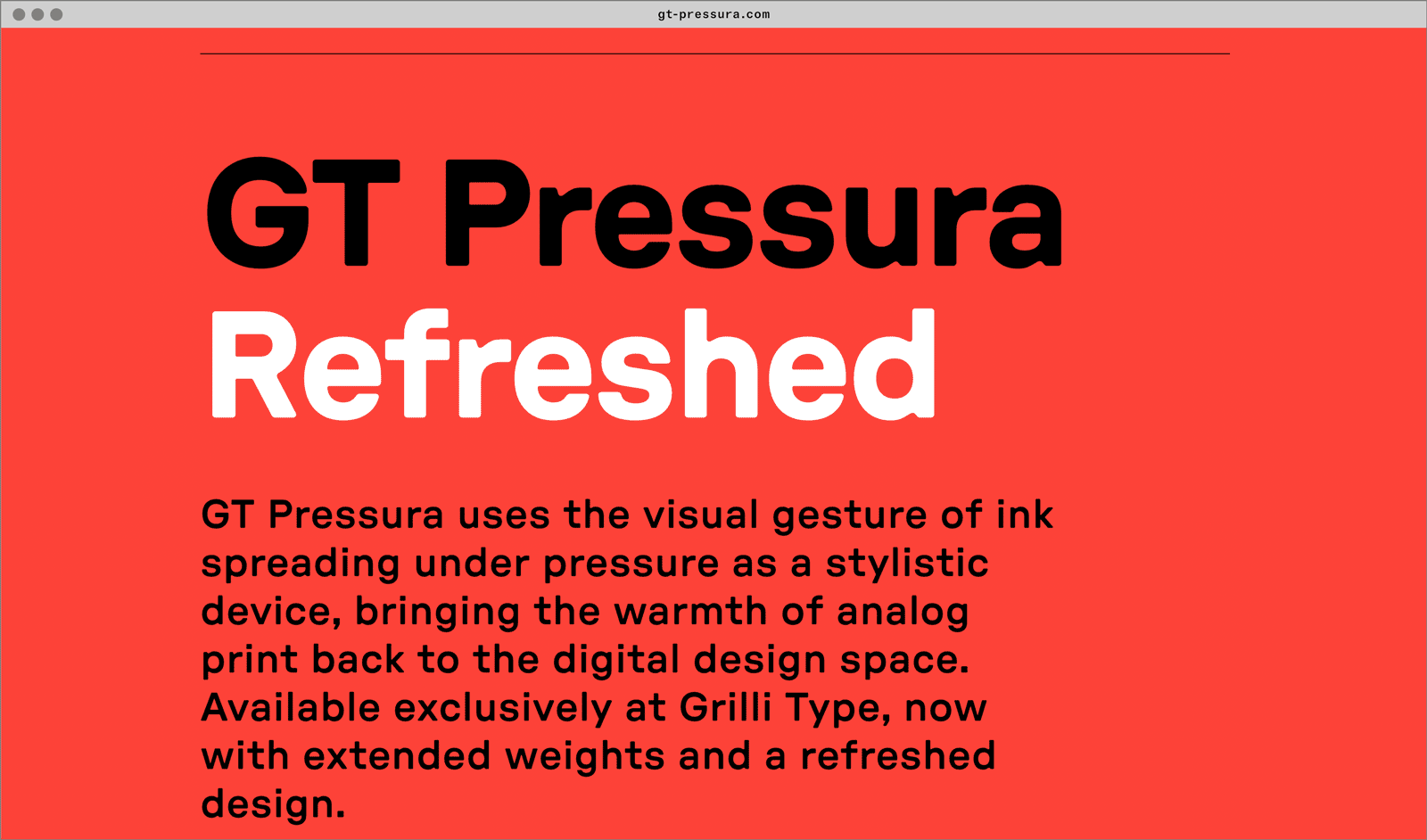
- Visit the GT Pressura minisite to discover more about the typeface family’s history and design concept.
GT Pressura in use
